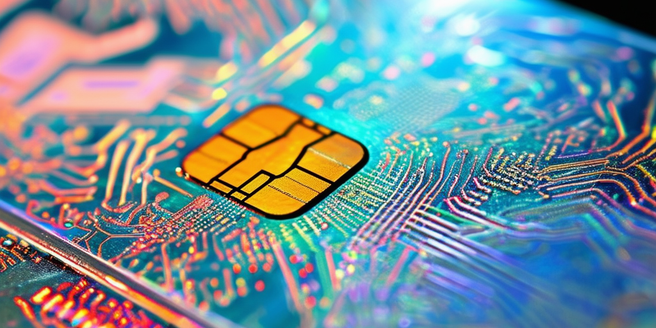Understanding Credit Card Fraud: Its Impact and Common Scams
Fraudulent credit card activities have serious repercussions that extend beyond the victims, affecting vendors and financial institutions as well. They often bear financial brunt from scams like identity theft, manufacturing counterfeit credit cards, and unauthorized use of lost or stolen cards. These practices exploit unsuspecting individuals and merchants, even affecting the reputation of financial institutions.
Understanding the workings of these frauds is essential, as it provides a means of prevention and enables swift reporting once deceptive activities are detected. An immediate response can substantially curb the harm inflicted. Being aware of the symptoms and the necessary steps to take when suspicious actions emerge paves the way to a substantial reduction in the damage caused by credit card fraud.
How Secure Credit Cards Work
Secure credit cards are designed to combat the prevalent issue of credit card fraud in our digital economy, with advanced features like chip technology and PIN for transactions. Unlike traditional swipe cards that store user’s financial information on the card’s magnetic strip, making it vulnerable to fraudulent activities if lost or stolen, secure credit cards encrypt the user’s data within the chip making it difficult to clone. Ensuring the safe keeping of financial information, these cards reduce the risk of falling into the wrong hands and offer peace of mind to the card owner, knowing that their money is well-protected against unauthorized activities.
Technologies Utilized for Credit Card Security
Credit card security has become a vital issue due to the rise of various technologies employed to counteract threats. The key methods used to secure cardholder data against theft and fraud are EMV chips, Tokenization, and mobile location confirmation. EMV chips, otherwise known as Chip and PIN technology, encrypt each credit card transaction into unique, time-bound codes, making data theft almost impossible. Another innovative technology, Tokenization, replaces sensitive card data with unique identification symbols or ‘tokens’, protecting the real card information even in a security breach. Mobile location confirmation provides further security by cross-verifying a user’s location at the time of a transaction, helping in real-time fraud prevention. Thus, these technologies have become increasingly crucial in maintaining the security of credit card transactions through unique encryption, replacement of sensitive data with undecipherable symbols, and real-time location confirmation.
Strategies for Mitigating Credit Card Fraud: A Closer Look at Secure Cards
Securing your financial information in today’s tech-driven world is vital, particularly from credit card fraud, and a key strategy rests in the use of secure cards. These cards are crucial tools that greatly reduce the vulnerability of your banking details and add an extra layer of security, similar to a virtual fortress, mitigating potential cyber threats. They also enable secure transactions through advanced technology that sets them apart from traditional cards by masking personal details during payments, making them unavailable to potential thieves. In essence, during a transaction, these secure cards change the user’s private information into unreadable data, thus if intercepted, the information becomes meaningless, keeping the user’s personal data safe. In summary, secure cards are crucial in the fight against credit card fraud, reducing vulnerability, and providing additional defense, leaving potential data thieves with worthless data, thus enhancing the user’s security.
Comparing Secure Cards to Other Methods of Fraud Prevention
Secure cards have become an essential tool in the fight against fraud, excelling amongst other preventive strategies due to their ability to decrease data breaches, and widely endorsed by global banks. While their initial investment may be larger, the heightened level of security they offer cannot be underemphasized as it proves to be a crucial advantage in the long-term. They’ve been opted for by financial organizations to not only protect their clients from various forms of financial fraud, but also themselves. Their effectiveness has garnered considerable approval from banking entities and businesses prioritizing their customers’ data security. Although secure cards may require a higher primary outlay, their improved security level is a compelling reason to consider them. These cards are changing the face of fraud prevention, making them a top choice among a growing number of entities.
Future Trends in Credit Card Security: Emphasizing the Importance of Secure Cards
The future of credit card security is increasingly dependent on the adoption of advanced secure card technology as technology progresses at a rapid pace. The rising number of credit card fraud incidents around the world stresses the crucial necessity of enhancing the technology within these cards, not just for consumer protection, but also for the integrity of financial systems as a whole. Financial institutions and card companies have been intensifying their defense strategies against credit card fraud, primarily through innovative card technology to face the constant threats from fraudsters. Thus, the focus of credit card security points towards advanced and technologically sophisticated cards, with their innovative security features becoming more prevalent and pivotal in the ongoing battle against the perpetually adapting threat of credit card fraud.


